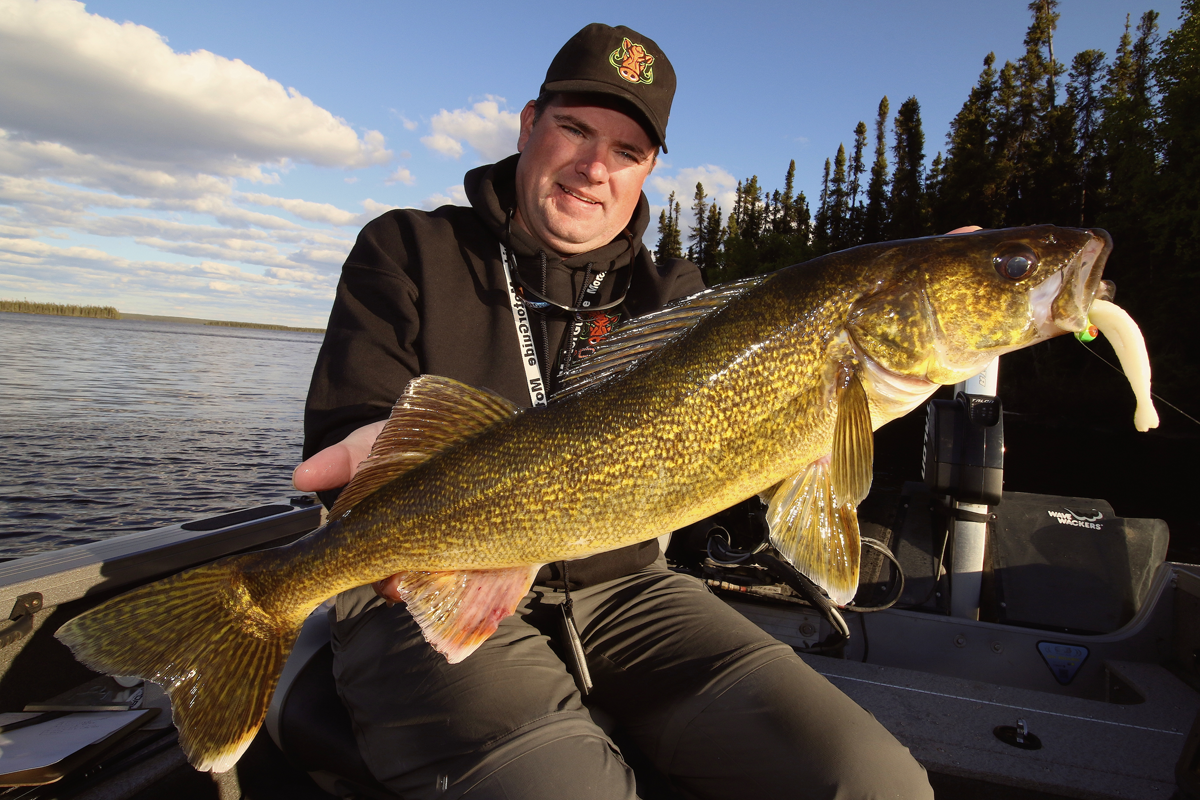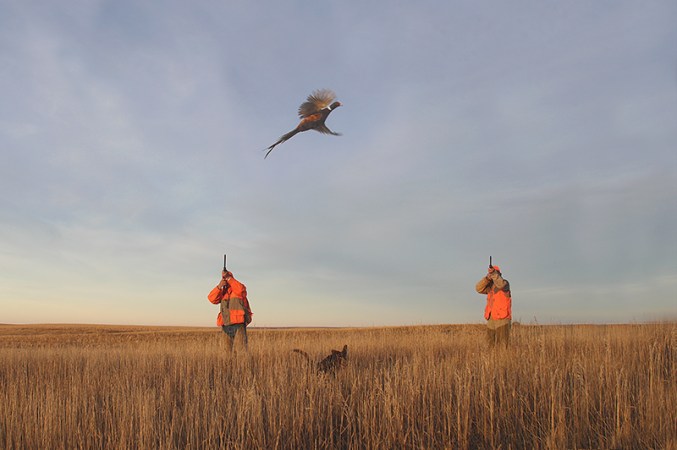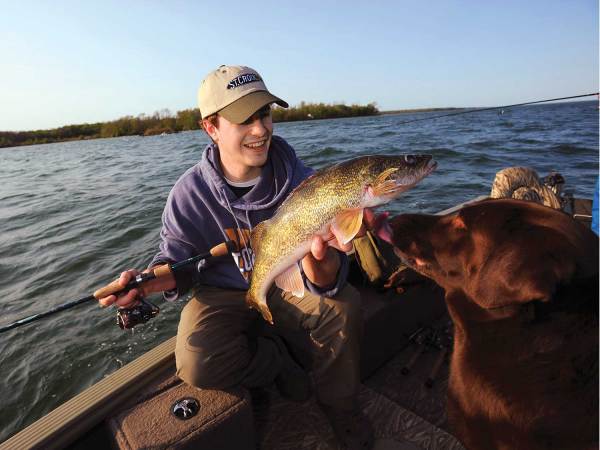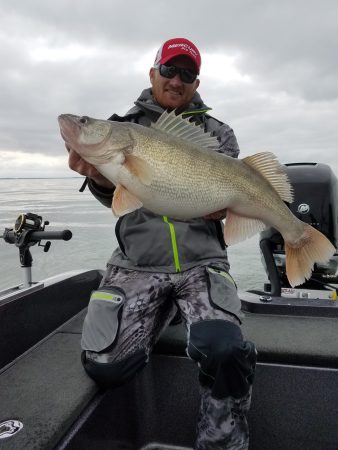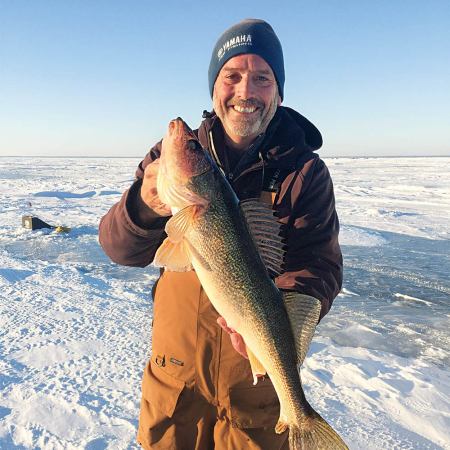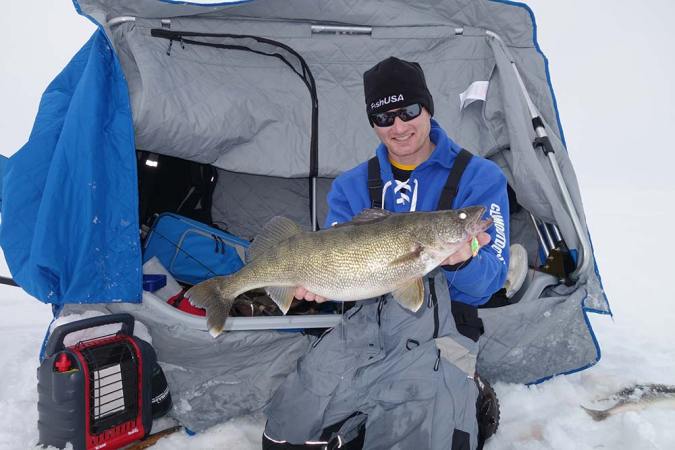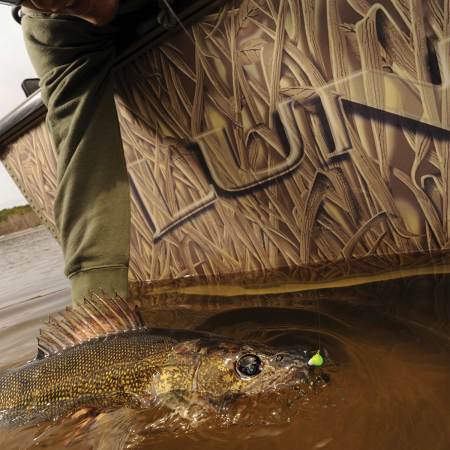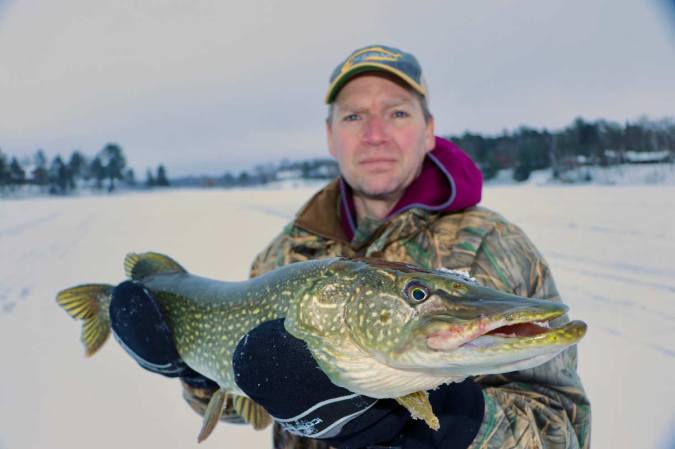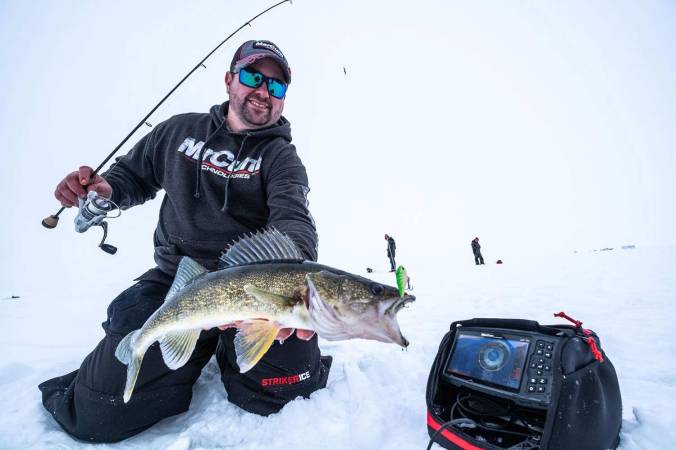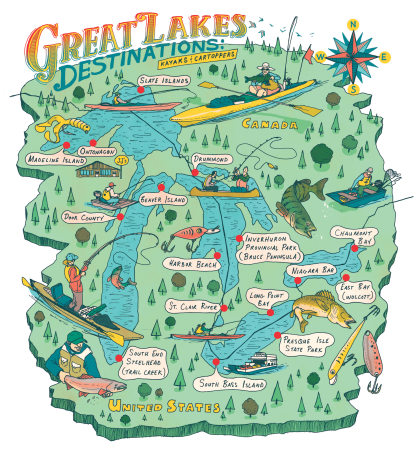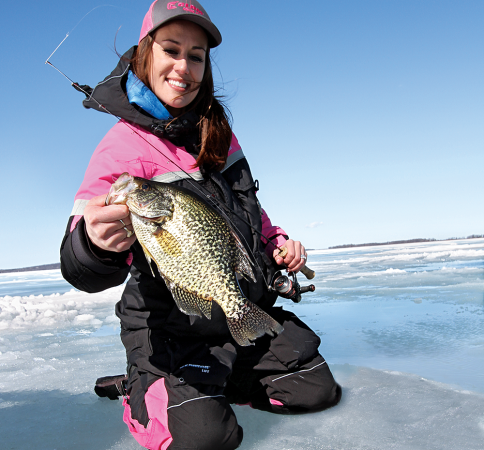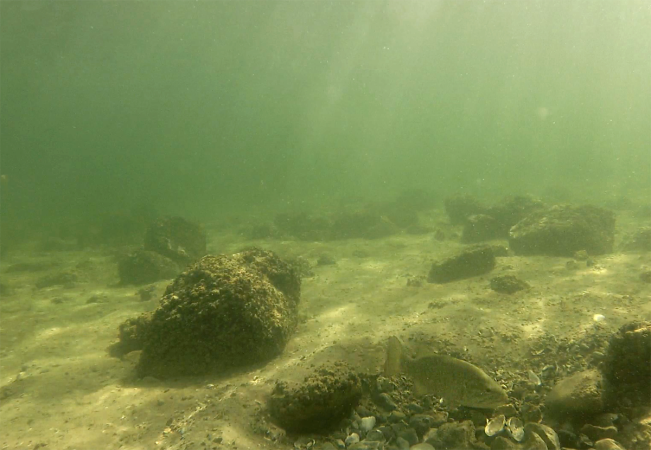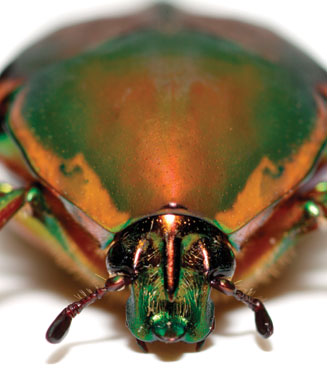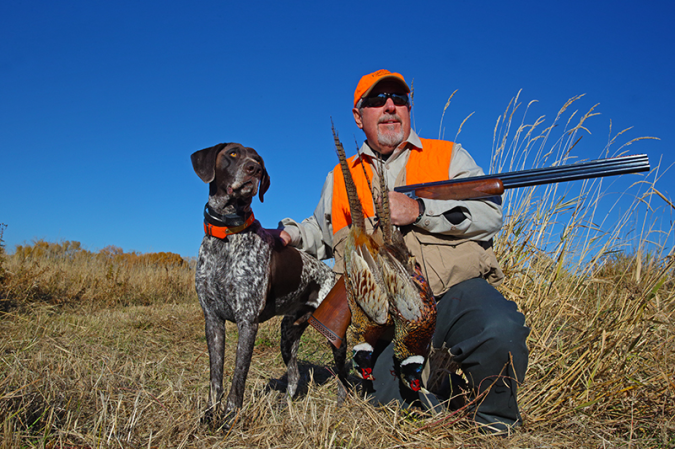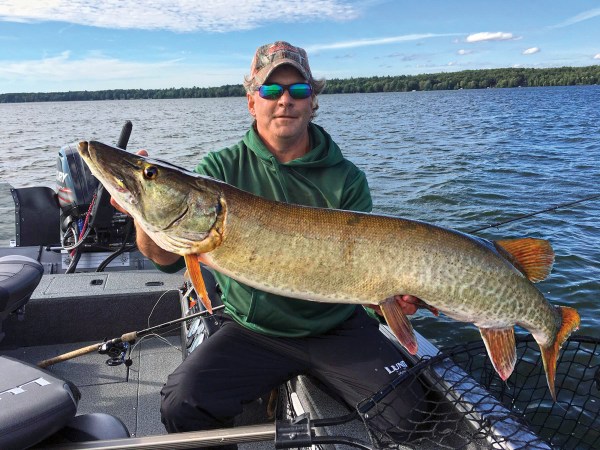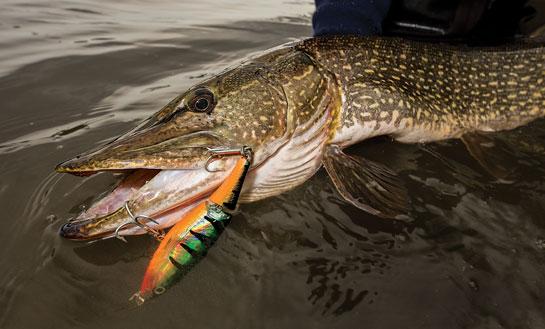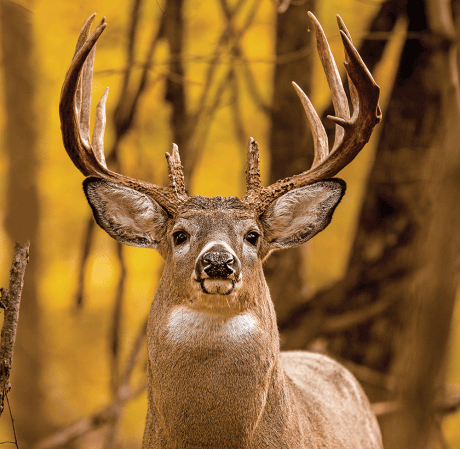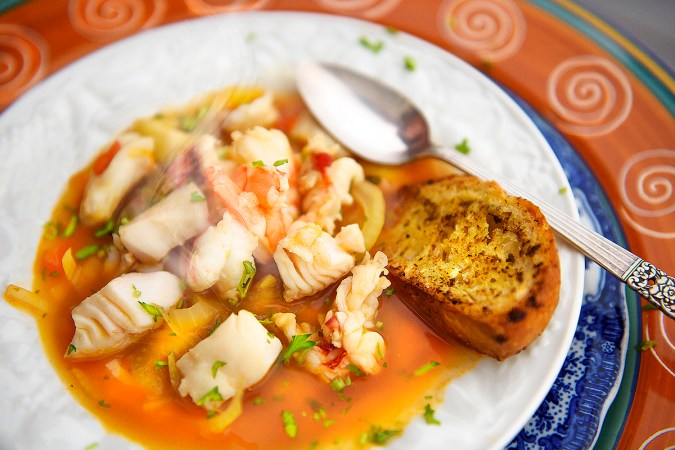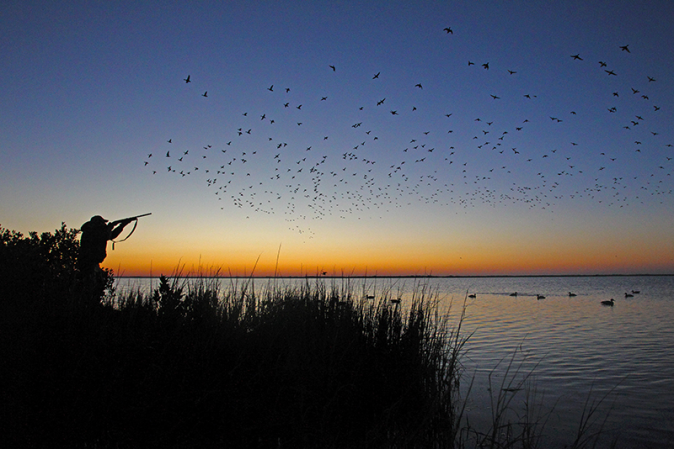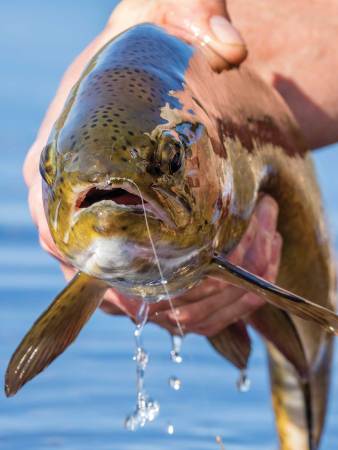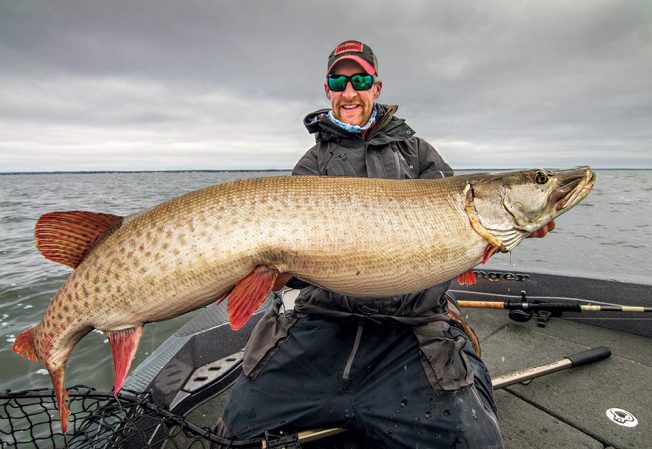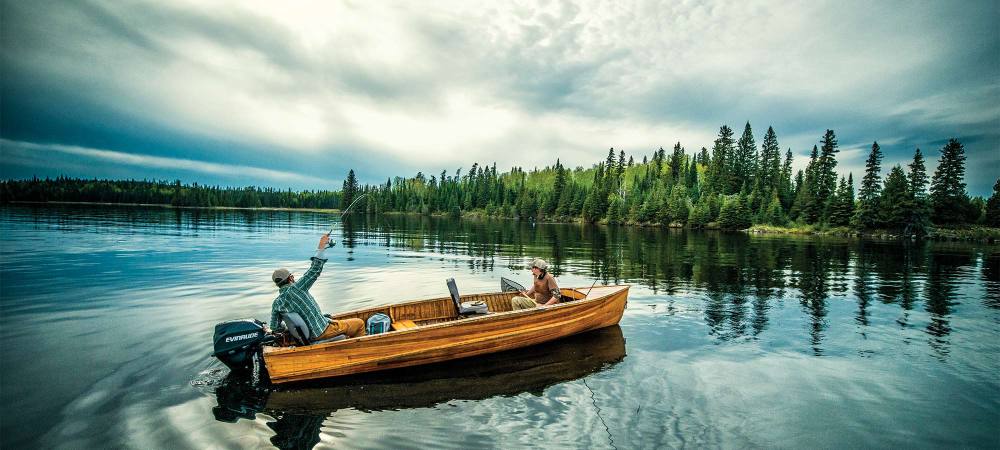Once we skip past Labor Day, a lot of thought shifting occurs. For outdoorsmen, much of that pondering revolves around the menu of autumn’s seasonal offerings. For North Dakota guide/TV host Jason Mitchell, the fall walleye bite stands top-of-mind.
“Fall walleye fishing can typically be some of the best fishing of the season as solid patterns take hold,” Mitchell said. “For fall fishing to really ramp up however, the water temperatures have to progressively cool.
“Think opposite of spring. In the spring, fishing gains in intensity as the water warms and cold snaps slow down the fishing. In the fall, when water temps cool, the exact same thing happens, fish do what they are supposed to and the patterns develop.”
One thing that Mitchell’s keen to watch for is the occasional meteorological curve ball. Often, he finds that as summer fades into fall and cooling temperatures stimulate that long-awaited bite, a spell of unseasonably warm weather can put the kibosh on the toothy fish.
“So often what I find, especially on many natural lakes, is that the pattern is no pattern,” Mitchell said. “When these really warm trends develop in the fall, my best strategy has been not to look for a pattern where I expect to find some mother lode of waiting walleye. My best strategy has been to adjust my expectations and modify my approach.”
Specifically, Mitchell shifts gears from searching for concentrations of fish to fishing as many different locations as possible and cycling through a milk run with expectations of picking up a fish here and there.
“Some spots will be better than others but I often don’t find the fish stacked in any one magic location during this time” he said. “Some fish will be shallow, some deep; some will relate to weeds, some to rock.
“This in-between zone between fall and summer can offer some challenges but picking up fish on different spots can add up to a good day. The biggest mistake I see so many anglers make is catching a fish or two and then wasting a lot of time on a spot without realizing that the fish are scattered out this time of year.
